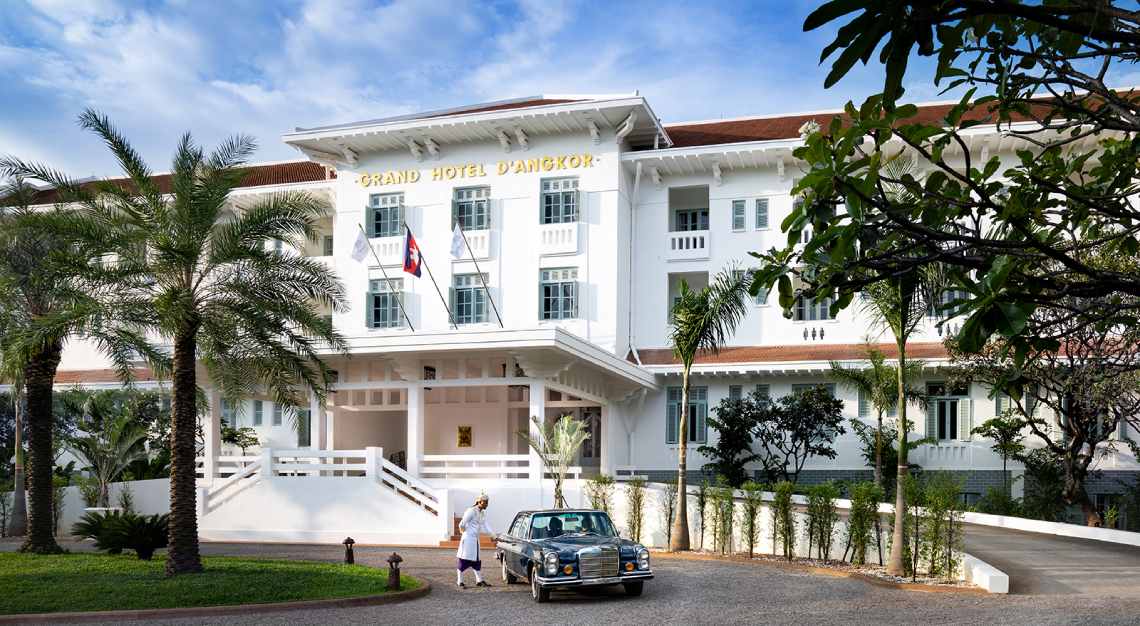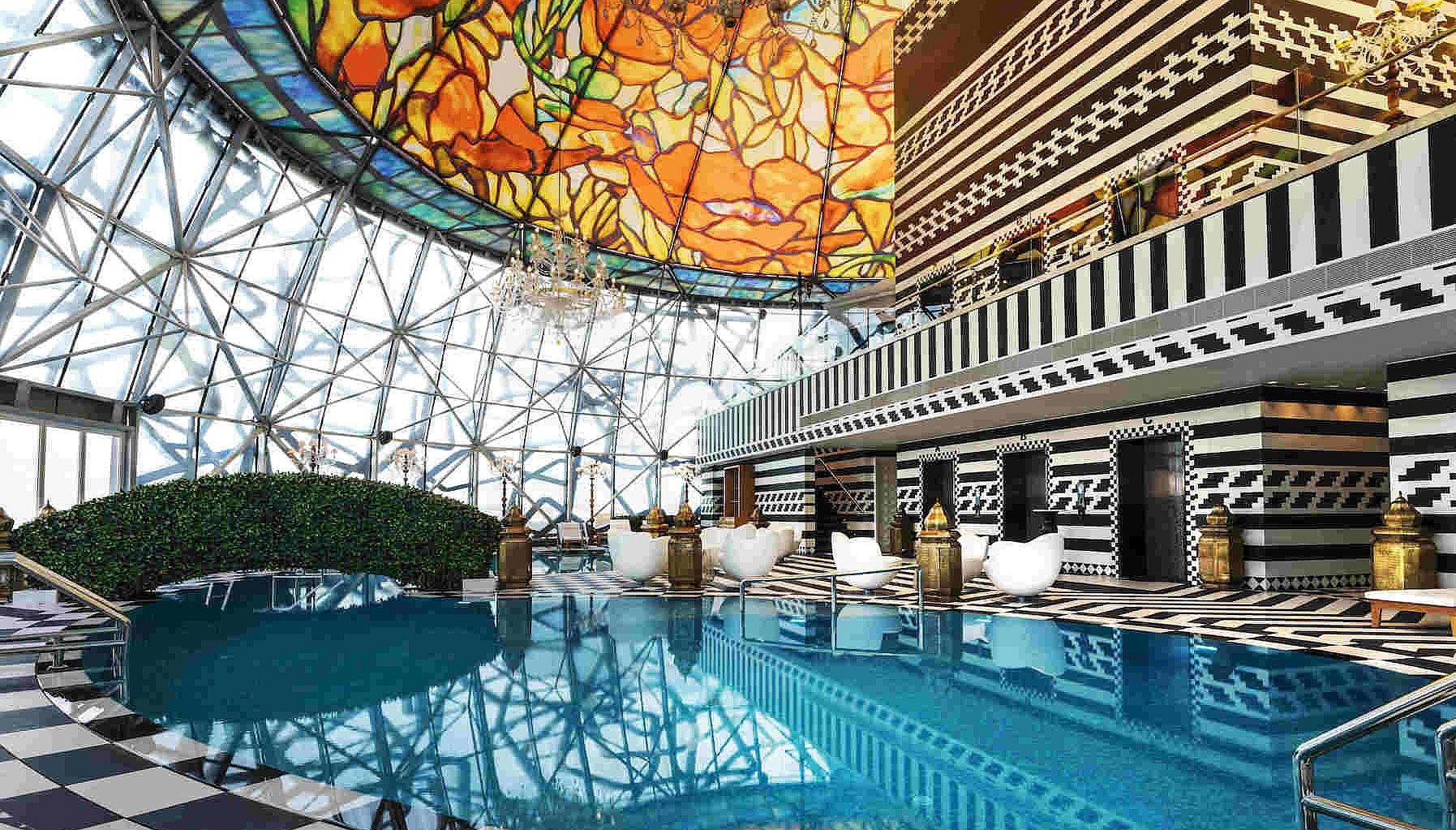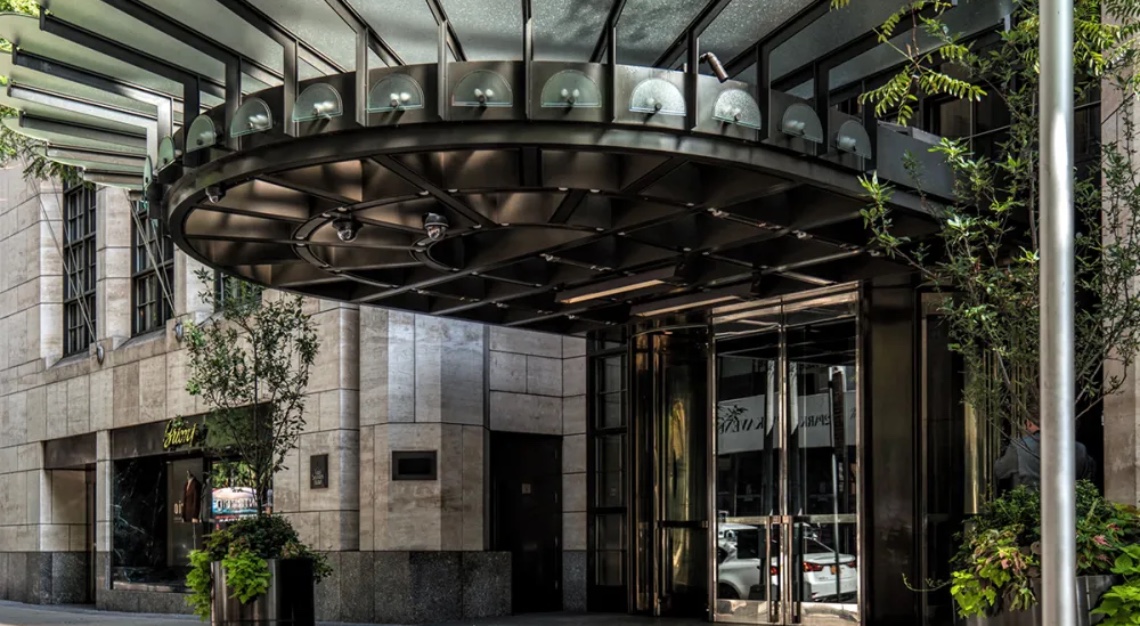Put your hands together for two superbly renovated properties in Cambodia that put the H in hotels and history
I can’t remember the last time I saw ‘rissoles’ on a menu. In fact, I don’t think I’ve ever seen them on a menu – certainly not in this century. I was force-fed them as a child, and they were probably disgusting, but like many foods, they’ve gone out of fashion. Imagine my pleasure to see them on a menu, and in Cambodia, of all places. And not just any menu, but the actual menu on which Jackie Kennedy dined when she visited Phnom Penh in 1967. This explains a lot.
The scene was the elegant dining room at the Raffles Hotel Le Royal in Phnom Penh – an establishment that exudes a precise starchiness with an atmosphere rarefied enough to require oxygen. Quite beautiful, with remarkable attention to detail, the restaurant gives guests – actual and potential – a good indication of what to expect with the Raffles Group’s two recent renovations in the kingdom.
When in a charitable mood, or slightly inebriated, I occasionally spare a thought for marketing and public relations executives. Particularly those in the hospitality industry, and especially those whose job it is to try to persuade people to stay at the hotel they represent rather than somebody else’s.
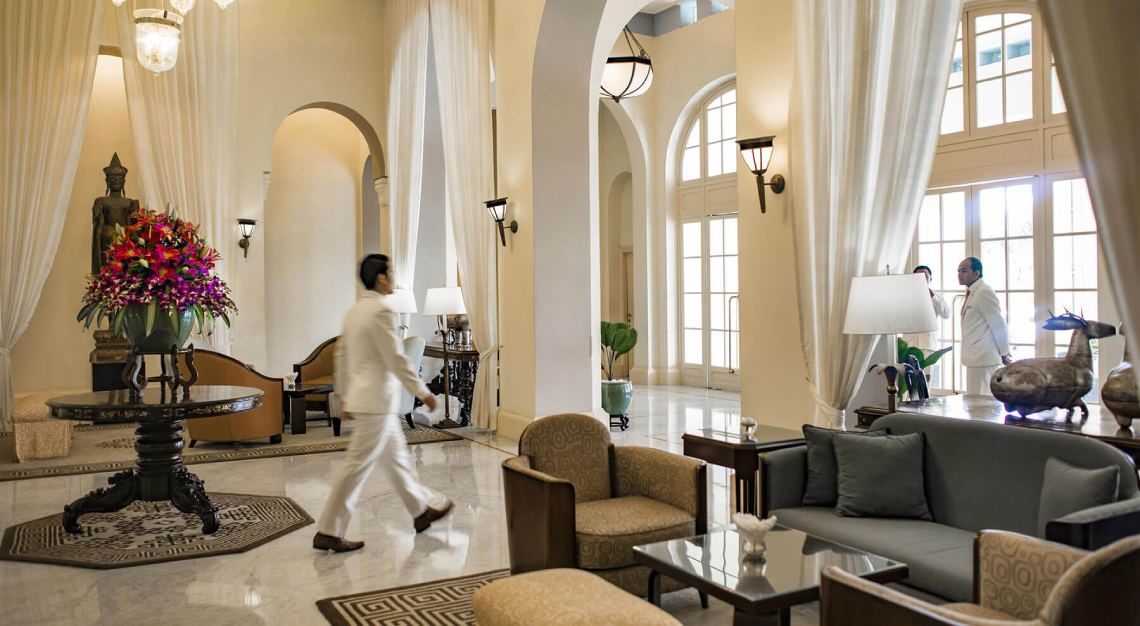
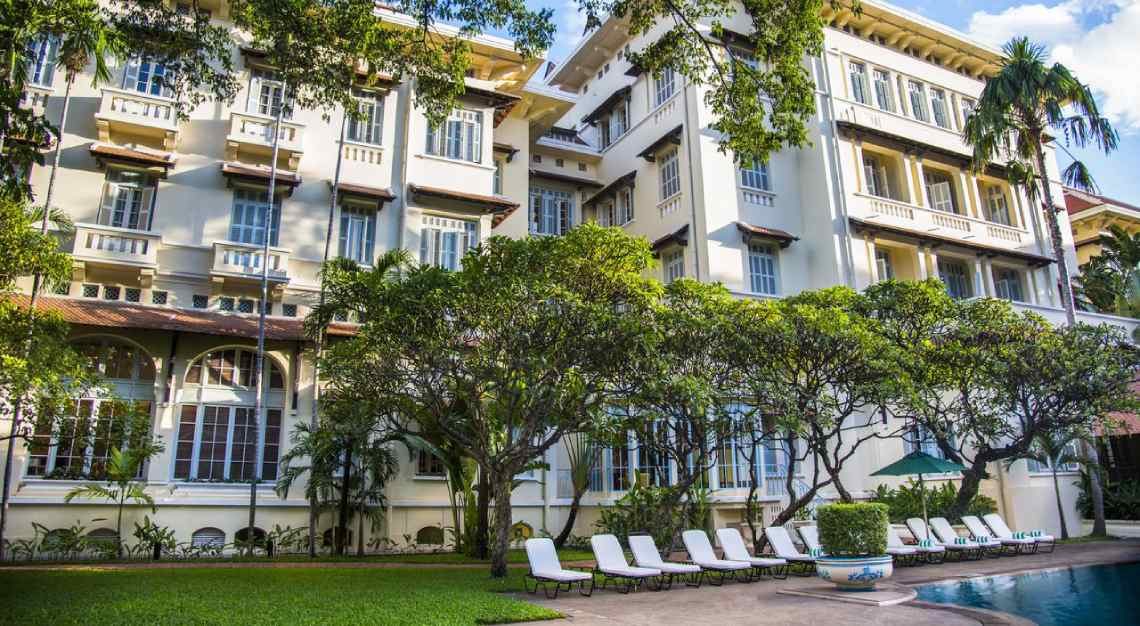
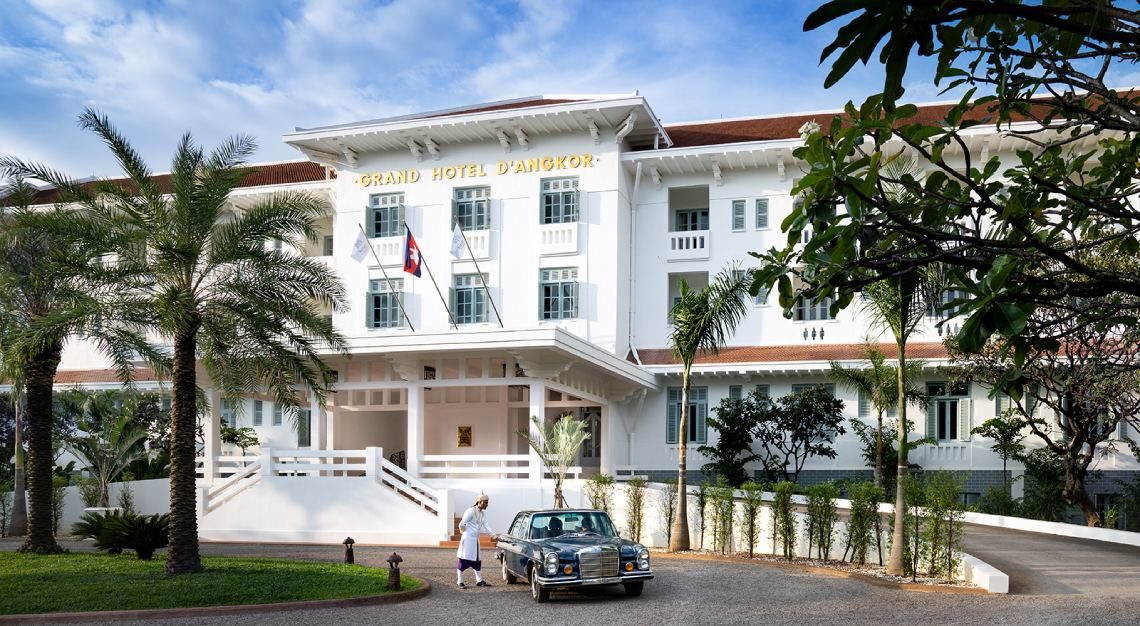
It’s simplistic to assert that a hotel room is a hotel room is a hotel room, much like an airplane is an airplane, but the common denominators are unavoidable. A plane gets you from A to B, and you sit in a seat – more often than not being offered food along the way. A hotel room contains a bed on which you sleep and, hopefully, a bathroom – for other activities.
This school of thought, however, is as facile as suggesting that any old timepiece will do because it tells the time, and that a car is a car is a car because it gets you from where you are (A) to where you want to… B.
The lacuna, however, between, for example Turkmenistan Airlines economy class and Etihad Airways first class – much of it filled, it has to be said – is vast, as is the difference between a Tata Nano and a Rolls-Royce Phantom. Vivid enough for you? All examples do what they’re supposed to do – although I haven’t researched Turkmenistan Airlines’ safety record yet.
But that really isn’t the point, is it? Life is all about experiencing the special – not all of the time, just some of the time (otherwise it wouldn’t be special) and hoteliers, in particular, around the world, are falling over themselves to convince punters to lay their heads on their expertly curated, highest possible thread count pillow arrangements.
It’s becoming increasingly difficult to find a USP – the ‘something’ that compels a traveller to part with considerable sums of money for the right experience, and it’s probably safe to say that the Raffles Hotel Group didn’t have far to look.
History is something that many claim, even when provenance becomes a key, often token feature
History is something that many claim, even when provenance becomes a key, often token feature. But those who can genuinely boast it, have the upper hand when it comes to appealing to discerning guests for whom such things are important. I confess to being one of them.
Built between 1929 and 1932, the Grand Hotel d’Angkor in Siem Reap has recently undergone a major refurbishment. It fell under the purview of the Raffles Hotel Group back in 1997 after Cambodia’s reinstalled King Sihanouk had pronounced himself so delighted with what had been done with the group’s grande dame hotel in Singapore, that he invited it to have a crack at two properties in his own country.
The Grand Hotel, along with its sister property, Le Royal in Phnom Penh, thereby became the first ‘Raffles’ hotels outside Singapore at the time – by royal appointment, no less. It was either a blessing, or a poisoned chalice, depending on what innovators within the group decided to do and how they did it, but with considerable assiduity and a brand statement that doesn’t even need stating, the group set out to refine two faded splendour properties and make them resound with history.
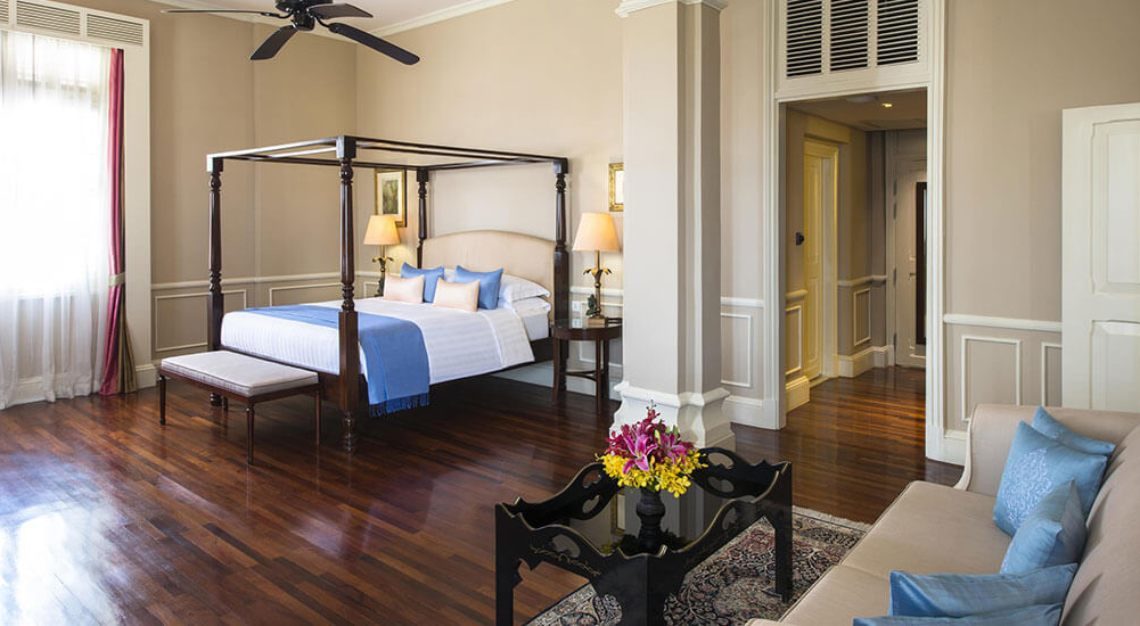
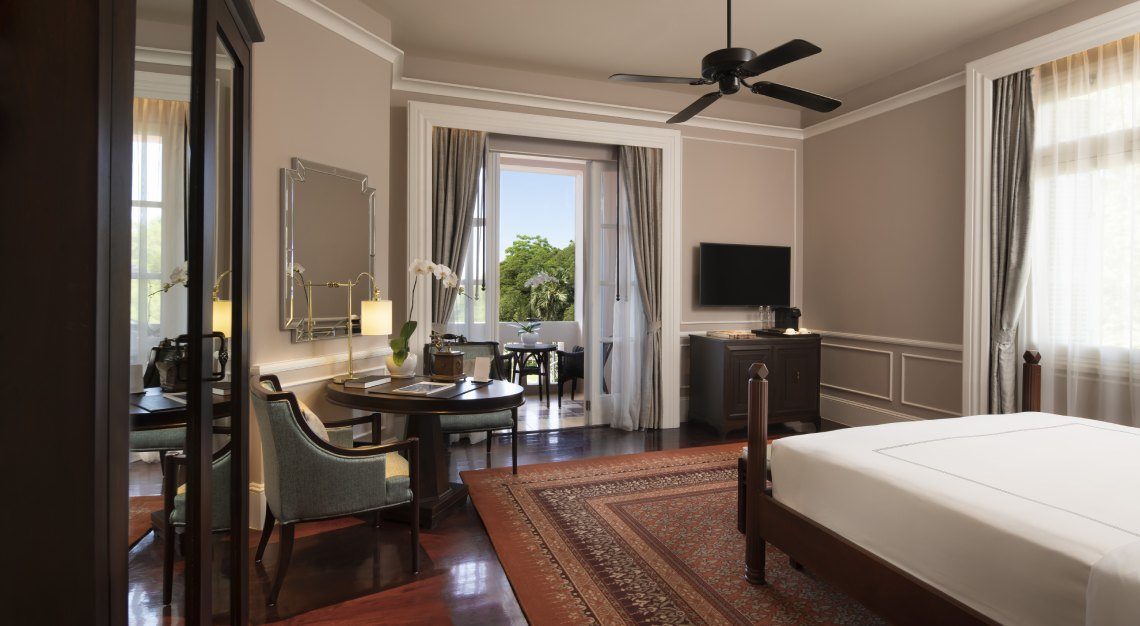
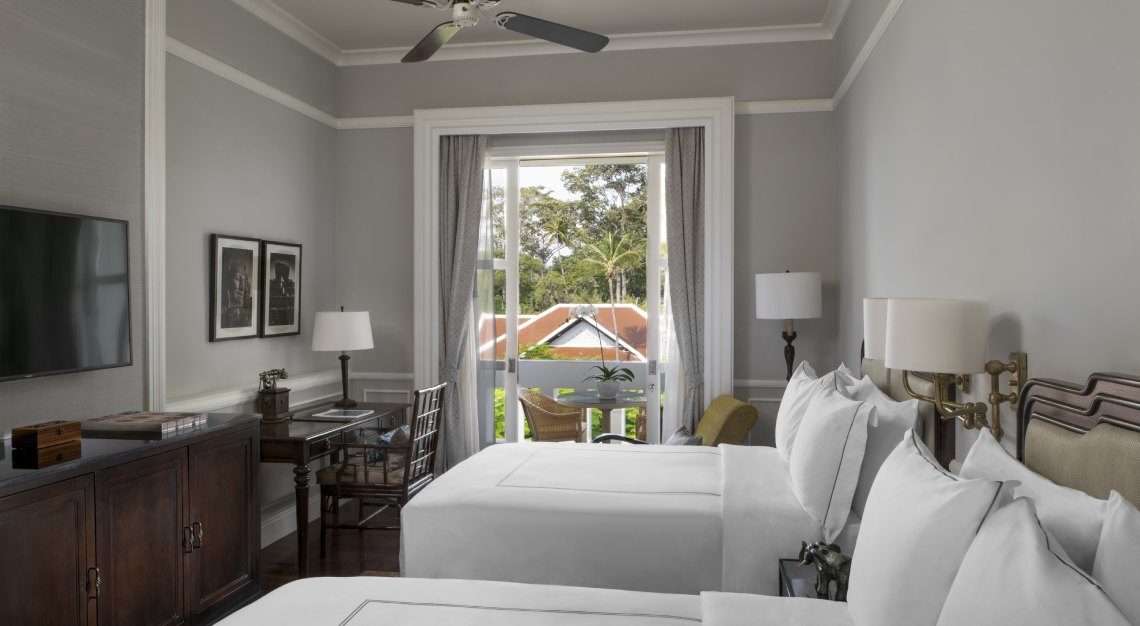
It’s an exercise that’s been accomplished with considerable care and no small amount of aplomb, thanks in large part to David Grace Designs and its managing director Grace Soh, who appears to have embraced the concept of legacy with fanatical fervour.
The renovations have been so thoughtfully carried out – retaining, for example, the same warm and inviting hardwood floors that characterised the original design, as well as the signature Art Deco features and checkerboard corridor flooring – but finding other elements that needed to be updated to remain competitive in a 21st-century market that can be very unforgiving.
Bathrooms have been spruced up throughout, despite the retention of some delightful clawfoot bathtubs, but still have a sense of the colonial style that can only displease for ideological reasons.
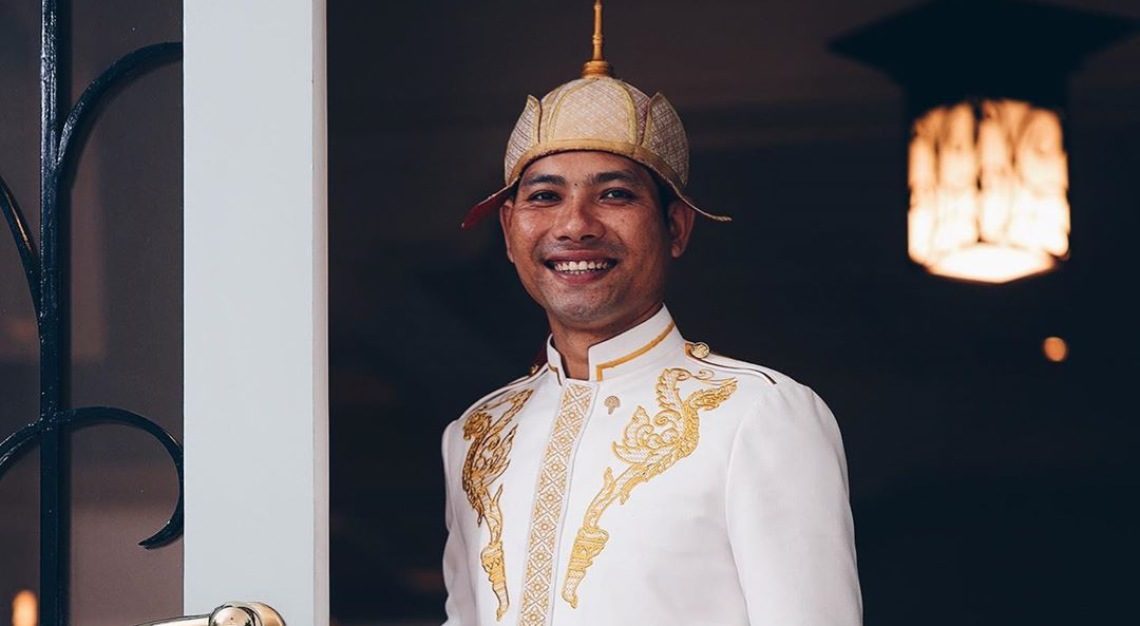

Impeccable service is something one has come to expect from all luxury hotels, but Raffles knows how to go just that one step further. There is genuine warmth among the personnel, and nary a hint of the lip service you can get in other establishments. Raffles treat their staff well, and length of employee tenure is extraordinary for an industry with a notoriously high turnover. I may be a fantasist, but throughout my stays at both the Raffles Grand Hotel d’Angkor and Raffles Hotel Le Royal, I got the impression that from concierge to busboy, from hotel manager to front of house desk clerk, everyone genuinely enjoyed what they were doing. It seems clear that the management in both places has clutched the concept of mutual respect to their heaving bosoms, and the spirit is palpable.
Stepping through the portals of The Grand (notice how the names are getting shorter… I just think that ‘The Grand’ is such an evocative name for a hotel – albeit a double-edged sword) is a little like stepping back in time, especially after a quick glimpse of the elevator installed in 1929 and still in use today in its original (now immaculately kept and polished) state. The façade and the overall structure haven’t changed (save for a lick of paint) and each section in the common areas retains a sense of calm and Old World charm that provides instant relaxation.
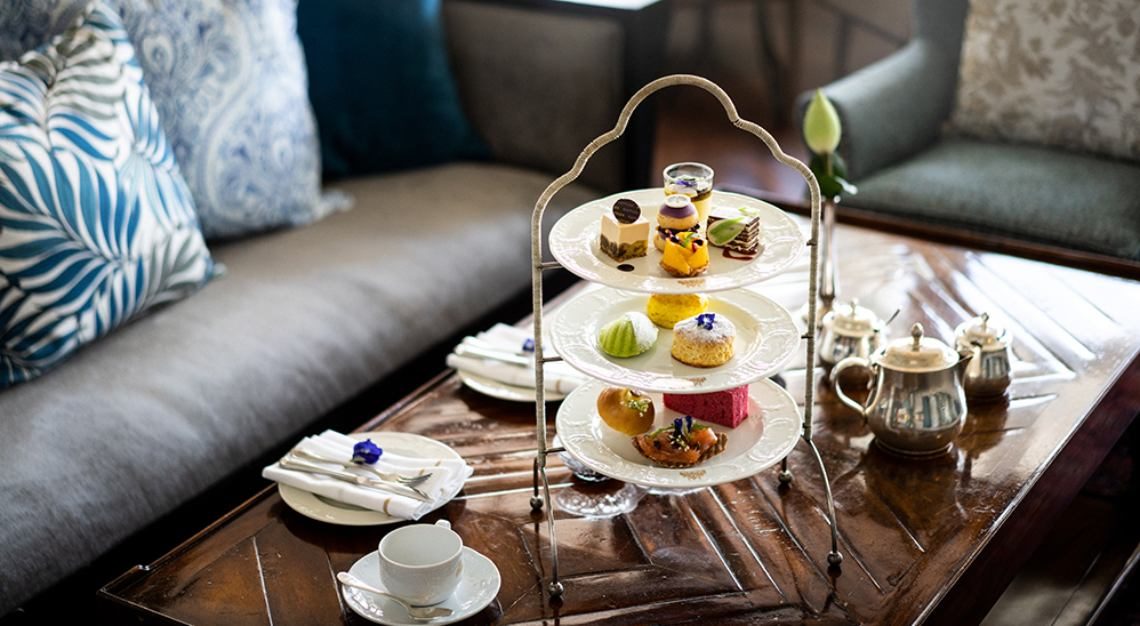
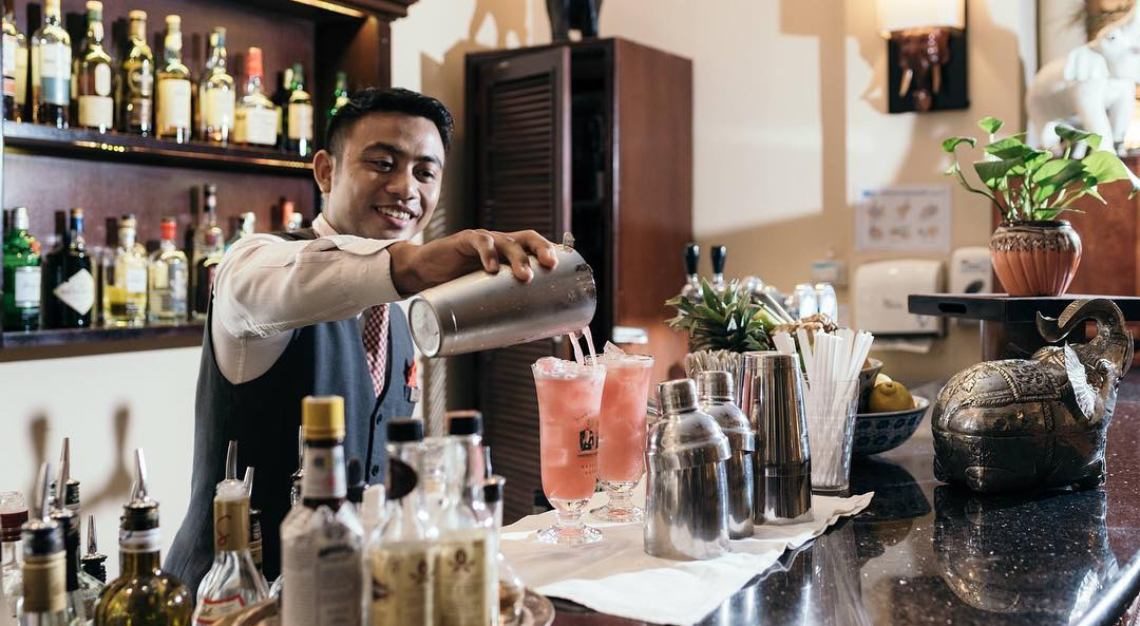
One can imagine the glitterati of yesteryear sipping gin and tonics, or tucking into afternoon tea, as one can imagine diners, in their finery, gorging on the superb cuisine created in the hotel’s signature restaurant – aptly named ‘1932’, and expertly helmed by the charming, articulate and wonderfully engaging executive chef Angela Brown.
The menu is so alluring that it’s a genuine headache when it comes to ordering, and how refreshing is that? There’s an interesting and, I suspect, oft-repeated story behind the Beef Cheek dish that is worth the ‘admission’ money alone, and is emblematic of Brown’s approach to what might be described as ‘fusion’ cuisine, but is so much more. Her respect for the classic and the modern melds into a succession of excellent dishes.
And if you’re really looking for a taste of history, Restaurant Le Royal at Raffles Hotel Le Royal is a throwback to the cut-glass finery of yesteryear, where you can eat like Jackie Kennedy – rissoles and all. It’s such a wonderful nod to the past that you feel like humming a cheerful ditty under the hushed tones created by the wait staff gliding about their business. There’s even an entire gueridon menu harking back to the days in which watching your food being cooked tableside was helpful when conversation dried up. It’s almost spectacularly kitsch, but, somehow, nostalgia acts as a digestif in what is a fun-filled, embraceable experience.

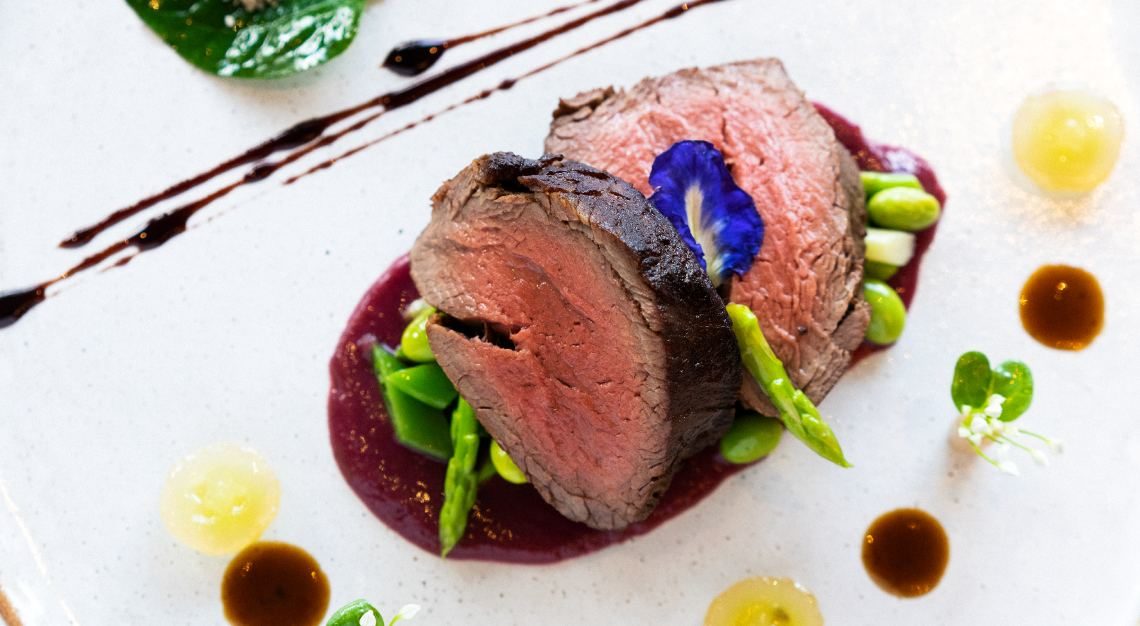
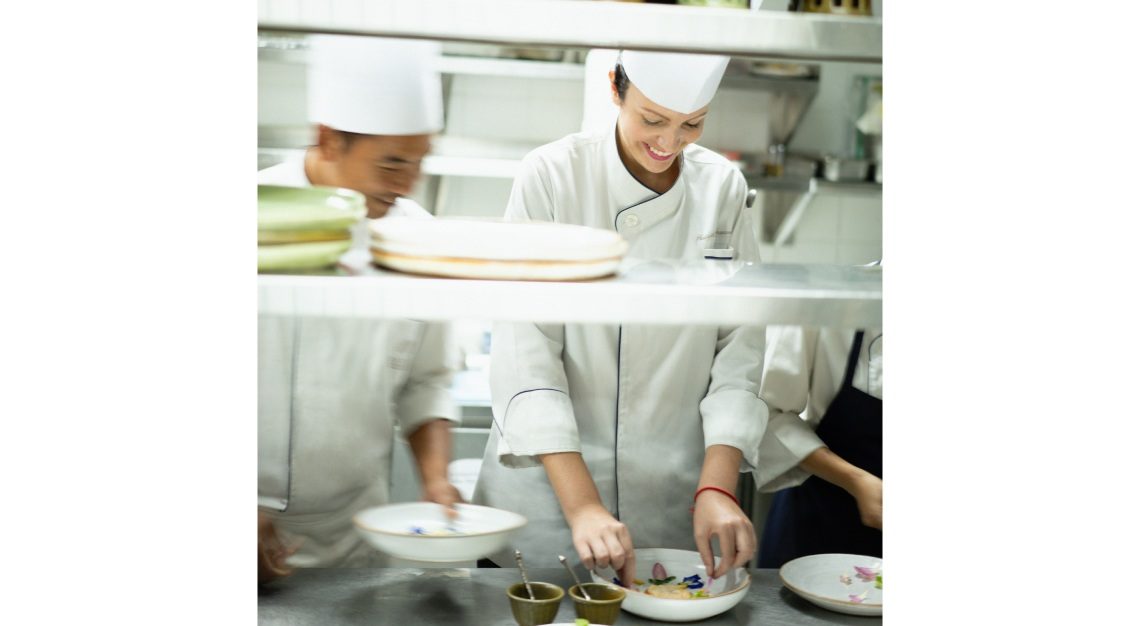
The Grand Hotel d’Angkor has been “a pioneer throughout its illustrious history,” according to Oliver Dudler, the cluster general manager who oversees both properties. “It was home to visitors and explorers during the golden age of travel… Those who wanted to experience the magic of the temples of Angkor.”
That spirit of excitement and discovery is alive and kicking for most of The Grand’s guests, catered to with specially curated tours that will appeal to the curious and adventurous in equal measure. If you fancy dashing around the countryside on a Vespa looking at temples, it can be arranged, and Raffles will organise an alfresco luncheon overlooking a king’s swimming pool (the large lake) into the bargain.

While the culinary tour needs a little refining, the art tour – there’s quite a burgeoning ‘scene’ in Siem Reap – is a triumph for anyone who has an interest in local culture and Cambodia’s fractious history. The hotel has thought about what discerning guests might want, and geared itself up to cater accordingly, but, quite frankly, it’s quite hard to drag yourself away from the tranquillity of a poolside around which it is impossible not to relax and unwind.
Unlike certain hotel chains, who shall remain nameless, the Raffles Group hasn’t tried to reinvent the wheel. They’ve taken what they have – history, splendour and charm – and run with them, staying true to the brand. There’s a timelessness and sense of place about both the newly renovated properties that is alluring and irresistible. Personally, I can’t wait to get back to Phnom Penh to taste the rissoles.
